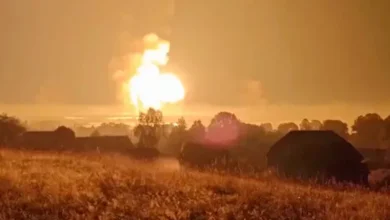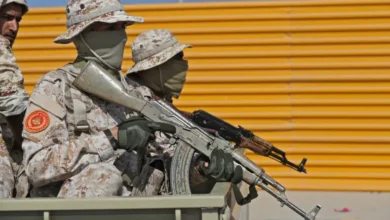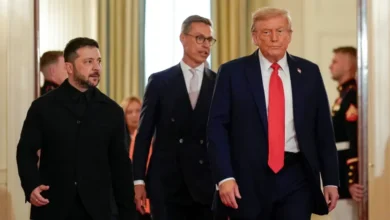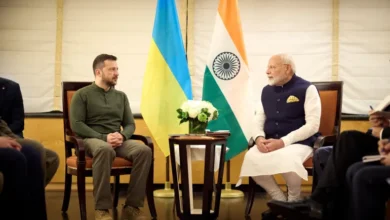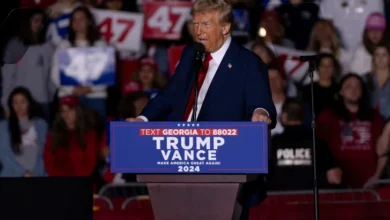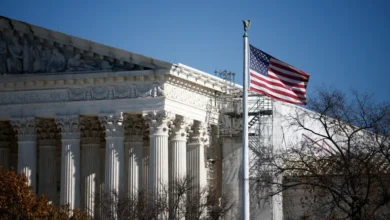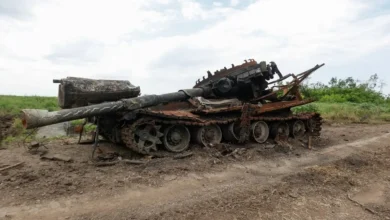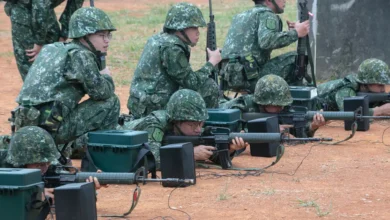‘Why was my child killed?’ Parents grieve a month after Bangladesh clashes
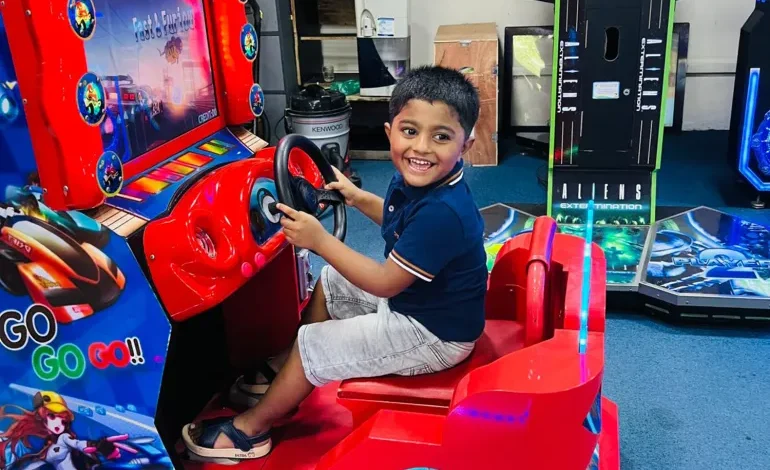
In the early afternoon of July 19, four-year-old Abdul Ahad was on the balcony of his family’s toy-strewn, rented apartment in Rayerbag neighbourhood when he saw a commotion on the street.
Abdul, loud, curious and always asking questions, called out to his father.
“Dad, look. Look what is happening,” he said to his father, Abul Hasan.
Abul peered down at the street below. The street, lined with tall apartment buildings, was usually filled with pedestrians, vegetable vendors, rickshaws and children playing cricket on the pavement. But it was a weekend and a curfew had been imposed that day following recent protests and clashes, and the street was quieter than usual.
Abul, 33, and his wife, Sumi Akhter, 26, joined Abdul on the balcony. Abdul’s older brother, Matubbar, 11, the quieter of the two siblings, was at his religious school where he lives and studies.
“There were clashes between two groups,” Abul recounts. A group of about 10 young people – likely student protesters – were throwing stones at a larger group of young men, widely believed to be supporters of the then-ruling Awami League party, who held sticks and other objects. “I couldn’t see clearly from the eighth floor what objects those were,” Abul says.
Abul does not recall any police presence. Mobile footage taken in the neighbourhood shown on Bangladeshi news channel Rtv shows at least one man in the larger group aiming with a gun. Abul remembers hearing people shouting and the distinct sound of gunshots.
In early July, students in Bangladesh had began peaceful protests against the reinstatement of a controversial job quota system, which reserved nearly one-third of positions for people whose ancestors fought in the 1971 war for independence. By mid-July, the protests had turned violent as the government of Prime Minister Sheikh Hasina cracked down, deploying police and other armed forces while members of the Chhatra League, the Awami League’s student wing, who were sometimes armed, attacked and clashed with student protesters.
That day the clashes reached Abul’s family. At first, Abul thought his son had slipped and fallen, but then he saw blood on his face, head and shoulder. He had been shot in the right eye. Sumi, his mother, started to scream.
‘My child was not safe in my own home’
Abul remembers rushing to lift Abdul and getting him into the lift with Sumi. As they carried Abdul out of the building, the clashes had already dispersed and people on the street rushed to help them find one of the few autorickshaws on the street. Abdul was barely conscious. As the vehicle sped to the hospital, Abul held his son tightly, praying and crying. At some point, the police stopped them and Abul had to plead to let them continue.
Once at the hospital, Abdul was immediately operated on then kept on life support in the intensive care unit (ICU). All Abul and Sumi could do was wait anxiously outside the ICU with their eldest son, Matubbar, who had joined them. The next evening, at about 8:30, a doctor emerged from the ICU to tell them Abdul had died.
“My child was not safe in my own home,” says Abul, as he sits in the family’s dining room, his voice breaking. “Why did an innocent child have to die?”
Abul went to his ancestral village of Pukuria to bury his son. He has returned to an empty, quiet house and keeps half expecting to see Abdul, who loved lollies, chips and chicken, on his chair at the dining table or in his usual spot in front of the television. Abdul’s death has splintered the family. Sumi cannot bear to return home without their son and is staying with relatives, nor can she bring herself to be around her other son, who reminds her of the child she lost. Matubbar, meanwhile, is traumatised by his brother’s death and is staying with other relatives.
Now, Abul stares blankly at Abdul’s toys—his favourite collection of small cars, motorbikes, jeeps, robots and stuffed animals. “I like to see my son’s favourite cars scattered around the house,” Abul says, heartbroken. “We left them as they were to preserve his memory.”
According to UNICEF, at least 32 children were killed during the July protests in Bangladesh. Local media reports suggest that nearly three times that number of children were killed.
On August 5, following the new demands of the protesters, Hasina, who after 15 years in power was facing accusations of growing authoritarianism from rights groups and critics, resigned and fled the country. A preliminary report from the United Nations suggests that more than 600 people may have been killed in the unrest and in the immediate aftermath of Hasina’s resignation. Those killed were largely student protesters and bystanders but also journalists and members of the security forces. The report attributes most killings and injuries to the security forces and the Chhatra League.
The UN report notes that “police and paramilitary forces appear to have frequently used force indiscriminately” against both peaceful protests and ones with elements of violence – sometimes with protesters holding sticks or bricks – and employed “rubber bullets, sound grenades firearms with live lethal ammunition”.
Al Jazeera spoke to several families of children who were shot and killed during the unrest. None of them knows who killed their children.
